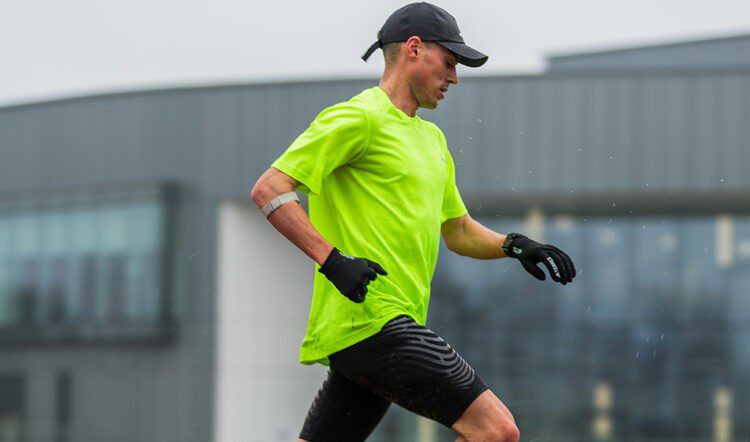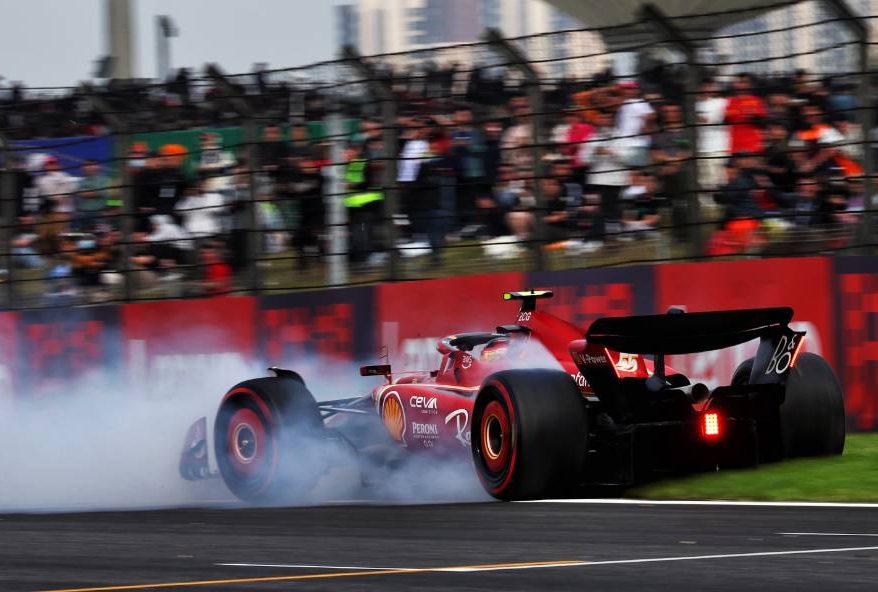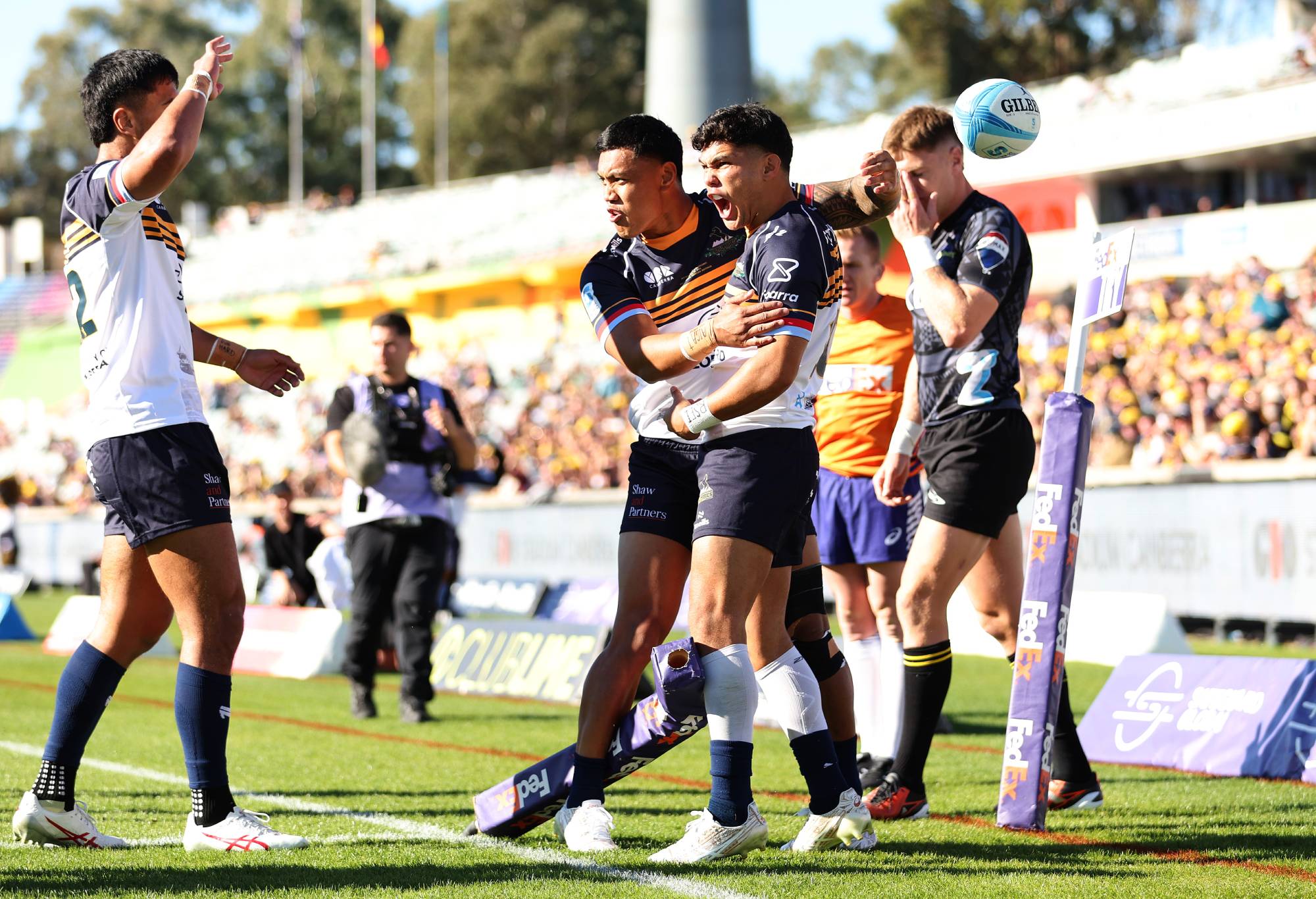
After securing selection for this summer’s Paris Games, the British distance runner explains why he is unlikely to return to work as a junior doctor
When Phil Sesemann ran 2:08:04 at the Seville Marathon in February, it earned him a place in the British team for the Paris Olympics. The performance signalled the achievement of a lifelong goal but it also confirmed his future lies firmly with running as a full-time athlete.
Previously the 31-year-old had combined athletics with shifts as a junior doctor in Leeds, but his latest marathon PB and Olympic call-up means he is ditching the medical scrubs for good as he focuses on improving his results on the roads even further.
“It’s something I’m not 100 per cent sure I’ll go back to,” he says of his days in the medical profession. “I’m really enjoying my marathon running and I see guys I’ve raced against such as Tadesse Abraham, who ran 2:05:10 last year aged 41, and I think: ‘Why can’t I give this another 10 years of competing?’ I’m doing a bit of coaching and really enjoying that, too.”

Phil Sesemann in Seville
Ironically, Sesemann was a reluctant marathon runner to begin with. After starting life at Blackheath & Bromley in the South of England and then Leeds City in recent years, he raced shorter distances on the track, road and country. In January 2023 he even out-kicked world 1500m champion Jake Wightman to win an indoor 3000m in Sheffield in 7:54.34.
“I wanted to sneak on to a team at some stage,” he says in the latest issue of AW magazine. “My coach Andy [Henderson] told me that he saw me as a marathon runner in the long term and I was a bit taken aback. ‘Really?’ I thought.
“But he saw that I enjoyed running mileage and clocking up those numbers and it was motivating me more than the shorter stuff. Despite this, though, maybe it wasn’t until the end of 2020 that I felt I was ready to find a marathon to do.”

Phil Sesemann (Coros)
On his marathon debut in London in 2021 Sesemann finished as the first Brit home in 2:12:58. It emerged he had done lots of his training with a Spaniel and Vizsla cross called ‘Kipchoge’ and a German Shorthaired Pointer called ‘Haile’. The self-styled ‘mileage mutts’ even had their own Strava accounts and Sesemann said they joined him for around two thirds of his own training.
At the European Championships in Munich in 2022 he ran slightly slower, albeit in warmer, tougher conditions, with 2:15:17. But he improved his best to 2:12:10 at London again in October of that year and then 2:10:23 in London in April of 2023.
With the Olympic qualifying standard of 2:08:10 in his sights, but realising he needed to improve his best by more than two minutes, he gave it a crack in Valencia last December and fell agonisingly short with 2:08:48.
Still, it was a big PB so he eased straight back into training with an easy week of 50 miles followed by three 130-mile weeks over Christmas but without any truly tough workouts before heading out to Kenya in January for a training camp with Emile Cairess, among others, ahead of Seville.

Phil Sesemann (Coros)
“It was really hard after Valencia to go again and travel out to Kenya for altitude training,” he says. “There were only 10 weeks between the two races. It’s good that I enjoy this so much, though!”
Sesemann’s feelings were bittersweet after his PB in Valencia due to missing the Olympic qualifier. Was it a tough decision, then, to race in Seville so soon after Valencia when the London Marathon in April was an option? “Going into Valencia,” he reveals, “Seville was always my Plan B.
“I was really keen to get back on it straight away. I wanted to get ahead of the other British guys and get my time during the first round of selections rather than waiting until London.”
Sesemann was on a roll and he was keep to reap the rewards of an ultra-consistent period of injury-free training. During the whole of 2023, for example, he ran an average of 109 miles per week at an average pace of 6:49 per mile. According to stats from his Coros watch, during December and January alone he averaged 16 miles per day. In addition, his peak weekly mileage is 130-plus miles.

Data comparison (Coros)
To illustrate how fit he was during his marathon build-up, above is a snapshot of his Base Fitness from Coros with the Base Fitness metric being your 42-day rolling average of Training Load, which is a measurement of how stressful a workout is on your body.
READ MORE: Phil Sesemann’s Coros stats
If Sesemann has a small Achilles heel, however, he believes he struggles a little in the thin air of altitude. At sea level, for instance, he can match strides with Cairess most of the time but when the pair go higher up – as they did in January in Kenya – Sesemann admits his friend operates on a different level.
Also, he says: “It’s high, hilly, rocky and I get homesick. I love being in Leeds with my dogs, my partner, my coach and group. I have everything I want at home apart from the altitude.”
READ MORE: Sesemann nails Olympic qualifier in Seville
The camp went well, though, and on February 18 his dreams came true when he nailed that qualifying mark by just six seconds. “I was overcome with emotion crossing the line,” he says. “It was really special.”
» This is an abridged version of a feature that appears in the April issue of AW magazine, which is out now. In the full feature Sesemann talks about why he thinks he rarely struggles with injuries, plus he explains why a last-minute decision not to wear socks in the Seville Marathon led to his feet being cut to shreds
Phil Sesemann sets his sights on the Olympic marathon appeared first on AW.



















You must be logged in to post a comment Login